Supported by
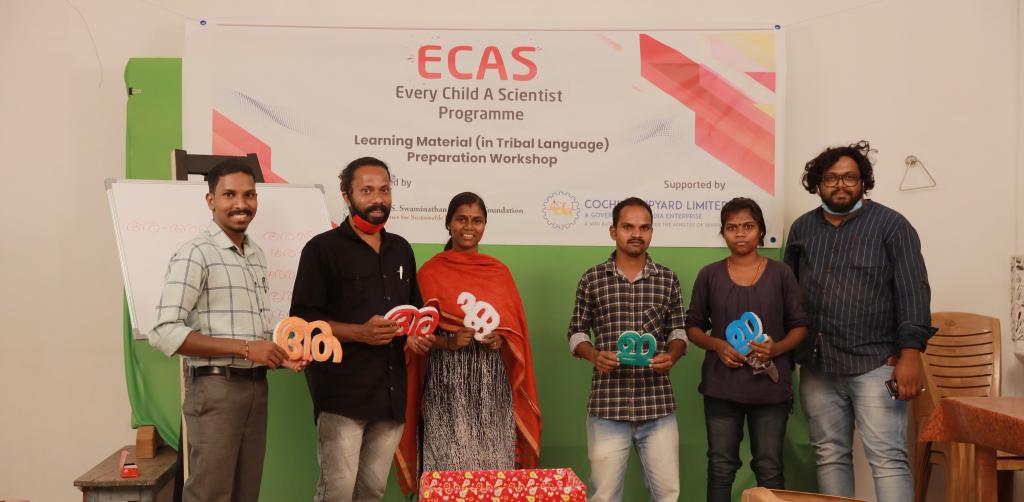
This project envisages to address the poverty, malnutrition and educational backwardness of the Paniya tribes inhabited in Wayanad district of Kerala. They represent the largest tribal community in Kerala, spread across the Malabar region. They lag behind all other communities in terms of socio-economic development parameters. They are basically landless and work as wage labors. Their name indicates the slavery they had literally faced until recent past. Their representation in Government services is minimal, as they failed to acquire modern education or compete with other tribes in securing jobs. Drop-out ratio is significantly higher, and very few among them complete matriculation or above. Malnutrition is another issue faced by the Paniya in general and especially the children and women. Collection of diverse wild edibles from different ecosystem has deteriorated due to land use changes and issues related to property rights. Economic backwardness further deteriorated their access to food from market. Employment opportunity of the Paniya tribes has come down drastically, due to changes in cropping pattern and introduction of mechanization in agriculture. Lack of education and lack of opportunity for building capacity to undertake nonfarm employment opportunities. Poverty, malnutrition and educational backwardness are interlinked each other and aggravate their backwardness and standard of living. Overall objective of the project is to address the backwardness of Paniya and design and implement interventions to facilitate them to come out of the vicious circle of poverty. This proposal suggests a set of integrated interventions in selected five Paniya tribal hamlets to address their backwardness.
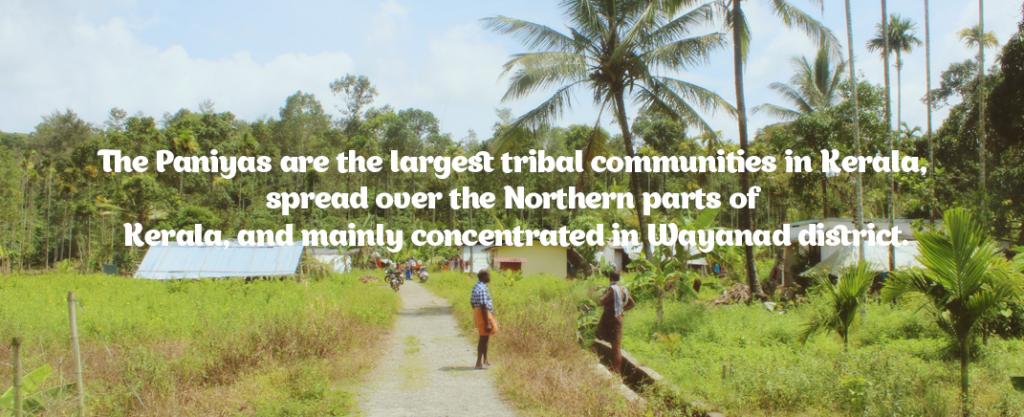

Interventions in local food production (to address malnutrition among Paniya children and women):
this intervention will encourage tribal women and men in food production of their choice. This will be achieved in three ways. The available land will be
used for producing vegetables, leafy greens, tubers and fruits for sustaining the availability
of food from their own environment. They will also be exposed to cultivation methods and
managing home gardens. The second strategy included collectivization of women and men and link them with Government schemes or with Kudumbasree mission for financial
support and initiate collective farming in leased out land. Third strategy included creation
of awareness about wild edibles and revive their tradition to conserve wild habitats and
promote sustainable harvest of wild species for food purpose.
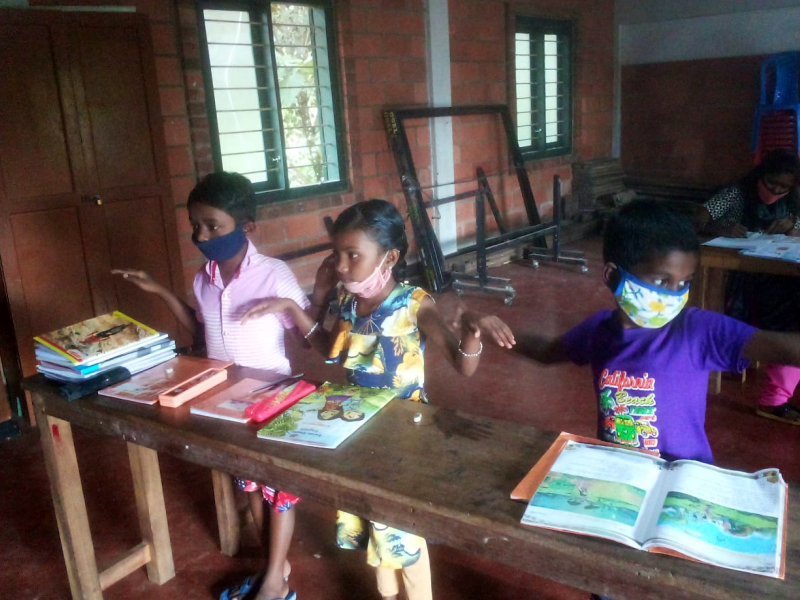
Initiate Every Child A Scientist Programme (to address drop-outs and increasing the learning capacity of Paniya children)
in selected hamlets. This is an educational programme aimed to build the capacity of children belonging to tribe and socially &
economically weaker sections. The programme has developed pedagogical methods that make learning a joyful experience for students. Apart from providing environmental
education, with the support of community teachers, we supplement to formal education. Community teachers are trained people, who are either exposed to tribal culture and
language or belonging to the same tribe. This makes communication an easy task and with the help of structured pedagogical methods, this programme helps to increase their learning
capacity, engagement in extra-curricular activities and interact with non-tribal children and
teachers with self-confidence.
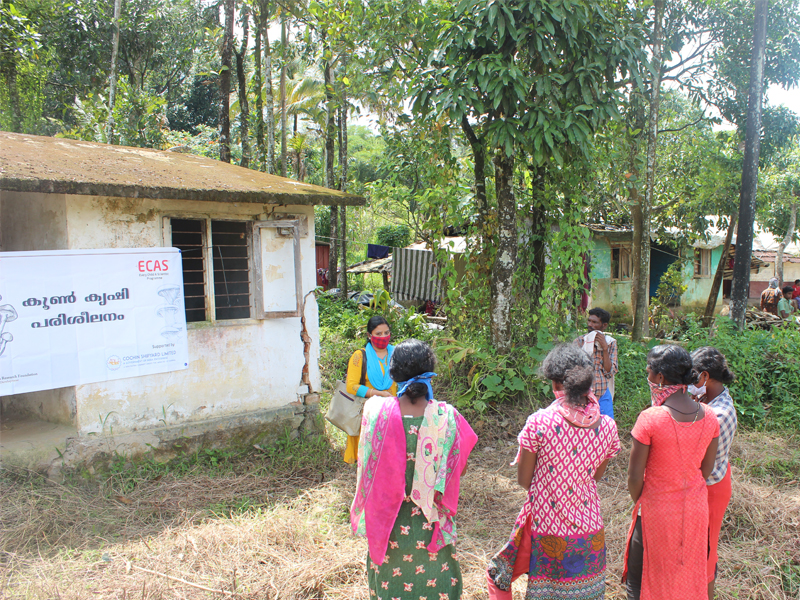
Training and capacity building (for creating employment opportunities):
Tribal women and men will be provided with training and capacity building in taking up off farm
employment opportunities. This includes sustainable harvest and marketing medicinal
plants, mushroom cultivation, bee keeping, good livestock practices, value addition of
vegetables and fruits, paper bag making, composting methods, etc. They will also be
exposed to small farm machine operation and management
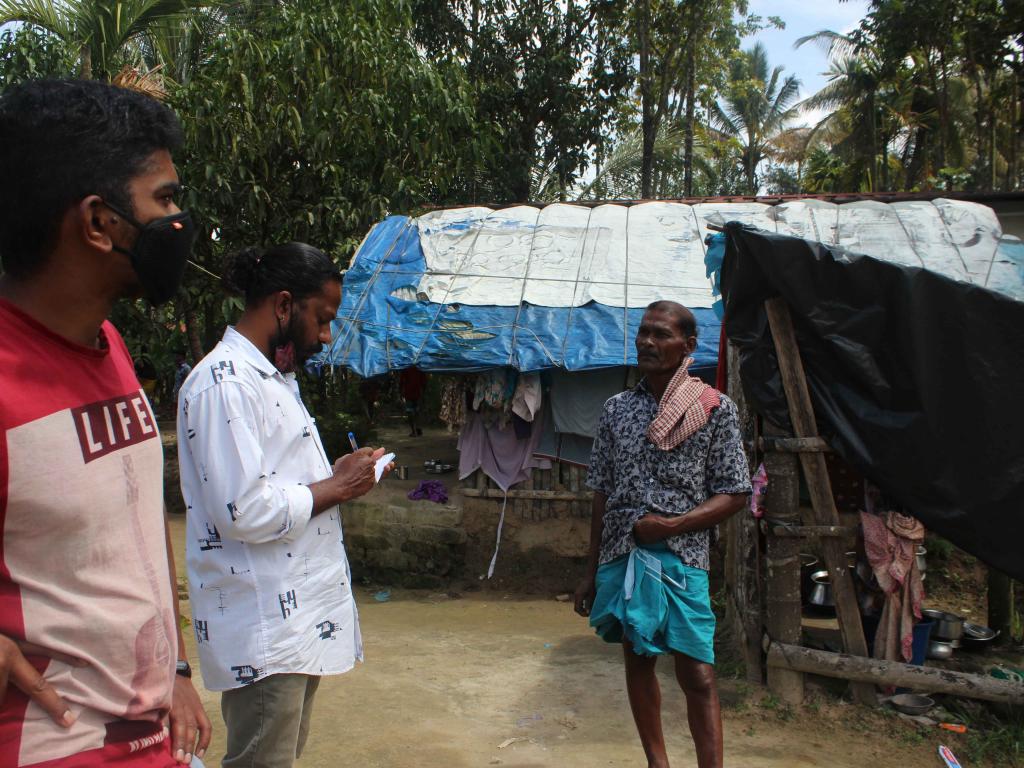
Awareness building (for addressing specific issues like alcoholism, saving habit, hygiene etc):
They face a multitude of problems like malnutrition, alcoholism, lack of saving habit, hygiene, temporary migration (which affect schooling of children), healthproblems, and illiteracy. Series of awareness programmes will be conducted on each theme to facilitate a good standard of living.
Access to entitlements:
Paniya community in general lacks information about their entitlements and access to government schemes. The project will take appropriate steps to facilitate access to entitlements and create awareness about their entitlements related food security, education, employment opportunities, health services etc.
The Paniyas are the largest tribal communities in Kerala, spread over the Northern parts of Kerala, and mainly concentrated in Wayanad district. They are basically landless or marginal landholders. They depend upon agriculture wage labour for their survival. They stand far behind other tribal communities and non-tribal communities in terms of socio-economic development indicators. Being economically and socially behind other tribal communities, they could not secure government jobs or attain education for competing for alternate employment opportunities elsewhere. The school drop-out rate is higher among the Paniyas. They are being treated as one of the reliable workforces in agriculture, especially for rice cultivation. They have expertise in manually doing all agricultural operations in coffee plantation, cultivation of tubers, vegetables etc. However, changes in agricultural land uses, competition from non-tribal labours (including immigrants), adoption of mechanization etc have reduced their employment prosperity that in turn increased poverty and malnutrition among the Paniyas. Changes in land use pattern have affected both employment opportunities as well as nutritional status. They had been depending on various landscapes for accessing wild edibles (including leafy greens, other vegetables, tubers, fruits, nuts; and faunal components like crabs, fish, birds, tiny animals etc), which form an integral part of their diet.
Efforts from the part of Government could not attain desired results as the asset base (human capital, social capital, natural capital and financial capital) of this community is extremely limited. This necessitates specific sets of intervention to increase accumulation of capital assets through promotion of collective efforts and building their human resource capacity to increase their livelihoods. The proposed project is envisaged to address the poverty and malnutrition among the Paniya tribes through building human resource capacity, and ensuring and enabling suitable environment for accumulation of capital assets to sustain their livelihoods.
Objectives of the project
- The overall objective of the project is to facilitate the Paniya tribes to break the bottlenecks of vicious cycle of poverty. The sub objectives of the project are listed down
- Initiate ‘Every Child A Scientist Programme’ to address drop-outs and enhancing their learning capacity
- Provide advanced skill training in the areas of farming, value addition and marketing of farm products through collective efforts
- Address the malnutrition through education and enhancing dietary diversity by promoting production of diverse food groups through individual and collective efforts
- Institute a ‘community fund’ or ‘revolving fund’ for promoting collective livelihoodactivities and place a mechanism for the sustainable utilization and management ofcommunity fund
Educational Activities
This is an educational programme designed by Prof. M.S. Swaminathan in order to create scientific inquisitiveness among children and creating an enabling environment for making learning a joyful experience. The pedagogical methods adopted including hands on training, learning from nature,project works, interaction with farmers and local community to learn about the nature, class room lectures, field visits, observation, documentation and communication. They will also be exposedto extra-curricular activities (sports and arts). Apart from educational experts, community teachers will also be engaged in tuning students. Community teachers will ensure that students are attending schools regularly and performing well in studies.
Kalippam Padippam – Alphabet Learning Through Tribal Language: chapter 1
Class Experience in Tribal Language: Documentation
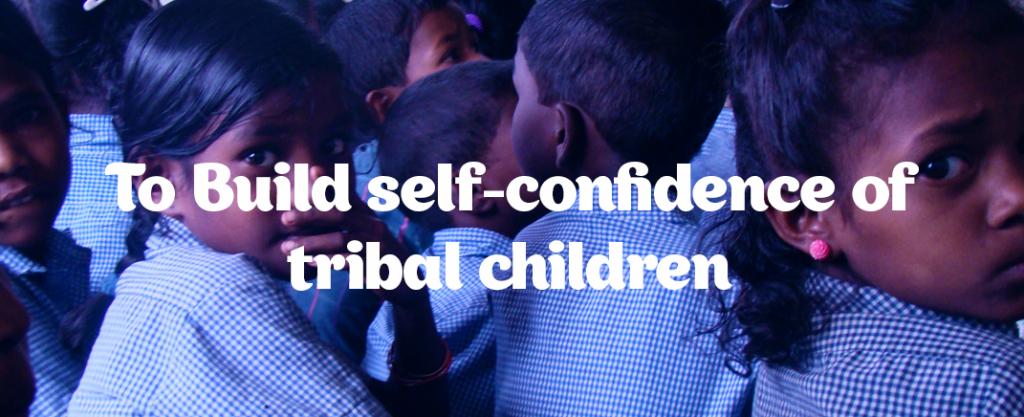
Apart from providing environmental education, through community teachers, the project will supplement mainstream education and increase their learning capacity. The project team will collaborate with respective Grama Panchayaths and ensure basic infrastructure at the hamlets itself. Services of volunteers interested in tribal education will also be utilized. Students will get extra support in learning languages, mathematics and sciences. Regular programmes for building the self-confidence of tribal children will be organized as part of this project. Project team will create good rapport with school authorities and engage in regular interaction with them. Training and awareness programmes will be conducted for parents on parenting. The project will ensure that all children in selected tribal hamlets are going schools, attending classes and performing well in their studies. Regular handholding programmes will be organized in order to increase the performances of tribal students.
Training
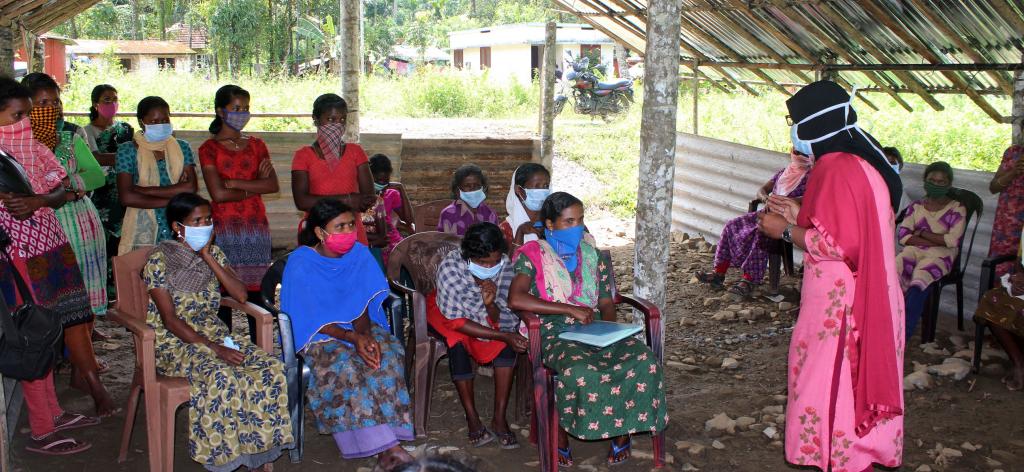
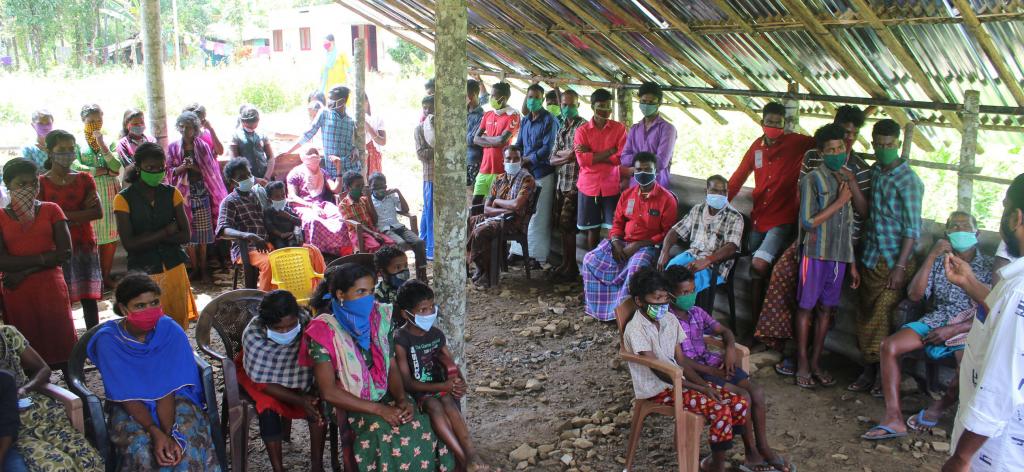
Bio-tech based employment opportunities
mushroom cultivation, organic input production, nursery techniques, etc
There is a good scope for self employment opportunities using simple bio-technological tools.
Mushroom cultivation, production of bio-inputs like trichoderma, pseudomonousetc are
potential ventures which are applying bio-technological tools. Interested youths will be given
training and they will be linked with Kudumbasree Mission for initiating enterprises.
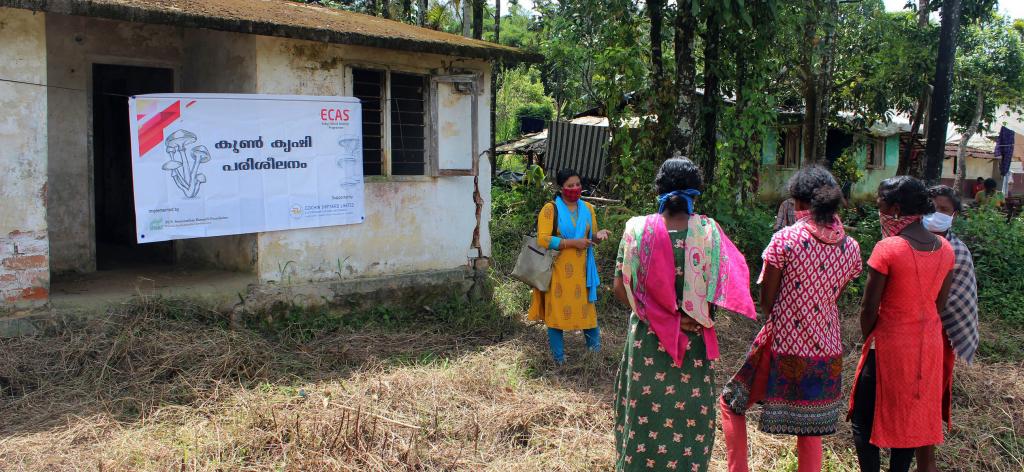
Awareness generation
Tribal people, especially the Paniyas live in isolated uni-ethnic settlements, and their interaction
with others are limited. The educational status of these people is poor when compared to others.
They face multiple constraints in their life. They lack the habit of saving (financial literacy), they
face lots of health issues including malnutrition (nutrition literacy), they lack information about
schemes and entitlements designed for their welfare (awareness on entitlements), and majority of
them are addicted to alcoholic beverages. In this context, it is imperative to generate awareness for
leading a quality life. Awareness programmes will focus on
- Financial literacy, including ‘saving habit
- Nutrition and hygiene –literacy
- Awareness on ill effects of alcoholism
- Awareness about entitlements
Collective Farming
The proposed project tries to address poverty and malnutrition through multiple means. Since they lack agricultural land and other productive resources, the proposed project intends to organize them into collectives for taking up multiple income generating activities. Both on-farm and offfarm ventures will be established according to the preferences of members in the collectives. The project team will conduct a need assessment survey and scope of initiating enterprises/ collective farming according to the preference and skill sets of the people. Report of the need assessment survey will be submitted to CSR-Cochin Shipyard for their approval and efforts will be taken to link the entrepreneurs with Kudumbasrree Mission, Tribal Department and Panchayath Raj Institutions. Collective efforts will also be promoted in food production from their own land or the land leased out from others. Preferences will be given to the production of food crops including rice, vegetables and tubers. Home nutrition garden (individual land) and community nutrition garden (leased land) will be established as part of this project to ensure sufficient availability of vegetables and leafy greens. Cultivation of fruit trees will also be promoted in available land. MSSRF will
provide technical support, inputs and negotiate with landowners and Kudumbasree Mission for
land and financial support respectively. We will also ensure support from respective Grama Panchaayths.

